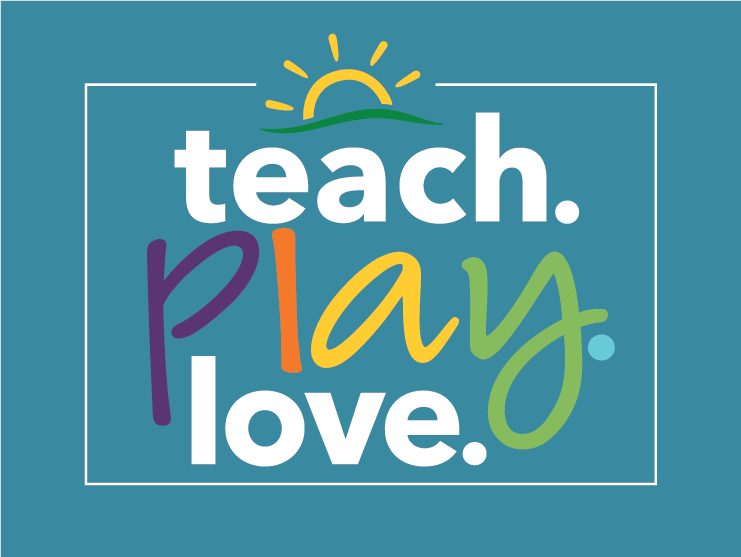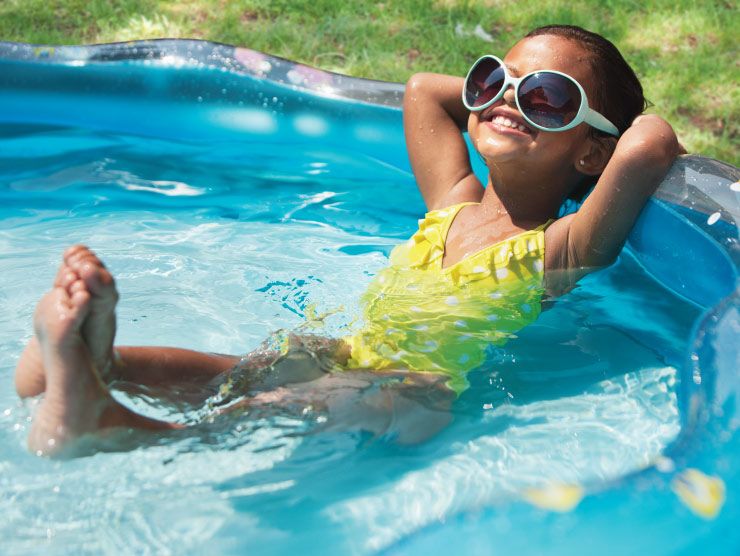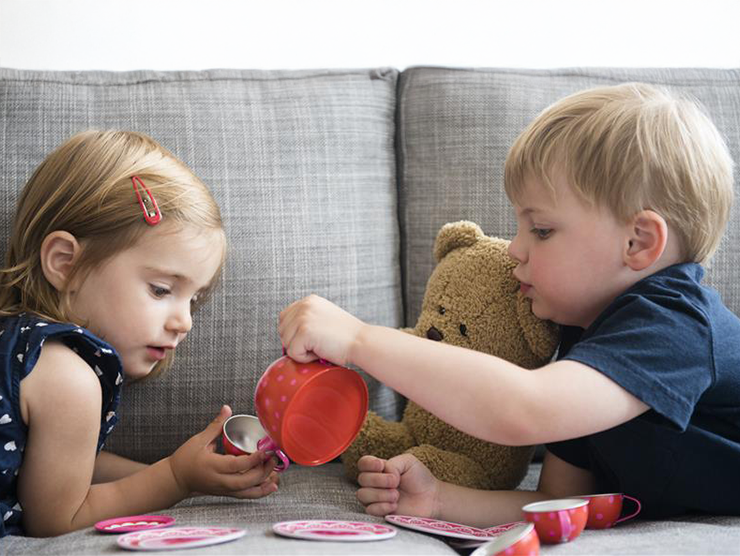Toys for infants and toddlers have come a long way in the past 20 years. Soft, natural materials and whimsical designs make a trip to a toy store a visual and tactile feast. But not all infant and toddler toys are created equal. Some toys have more educational value than others. Electronic toys, with their lights, beeps, and noises, generally have little educational value and can overwhelm an infant’s developing sensory system. Another thing to consider is the quality of workmanship and safety of a product.
In general, we prefer simple toys that foster children’s developmental growth. These educational toys are usually open-ended and can be used in more than one way. They may build specific skills, such as language or fine-motor development, as well as critical thinking and creativity. Here are a few to consider.
Educational toys for infants and toddlers
1. Stacking toys
Children have an almost irresistible urge to stack objects, as any parent who has ever had their kitchen cupboard ransacked by a toddler knows. Stacking toys, a precursor to building toys such as blocks, offer a predictable, but engaging, challenge for toddlers. As children play with stacking toys, they learn about size, shape, and sequence. Stacking toys are self-correcting; they topple over if not stacked in the right sequence. Try ring stackers, cardboard box stackers, or plastic stacking cups, which can also be used to dump and pour. Even a set of plastic food containers in various sizes will do the trick.
2. Shakers, rattles, and grasping toys
Reaching for and grasping objects is one of the first developmental milestones infants achieve, which is probably why they enjoy shakers, rattles, and grasping toys so much. These toys for infants encourage fine motor growth and build a sense of confidence and mastery. Those with interesting sounds or textures offer an opportunity for sensory exploration.3. Cause and effect toys
A door that opens and shuts, a button that squeaks when pushed, a ball that goes down a chute when nudged. Toddlers delight in the unexpected. These toddler toys help children begin to understand cause and effect and object permanence while building focus and observation.
4. Puzzles and board books
Chunky wooden puzzles containing only three or four pieces are ideal for older infants and toddlers. These puzzles allow children to experiment with shapes and spatial relations, while building fine motor skills. Sturdy board books are usually small enough to fit in a bag and durable enough to let toddlers enjoy independently.5. Push and pull toys
Young children need opportunities to move their bodies and explore their environment. Push and pull walkers, mowers, wagons, etc. encourage early attempts at walking. These toys foster an awareness of spatial relations (behind, forward, and backward) and generally “grow” with the child, meaning that they can later be used for imaginative play. For example, a simple push toy for infants might become a pretend lawn mower or vacuum toy for toddlers.
6. Open-ended materials to inspire creativity
Washable markers, crayons, paint, paper, fabric, recycled cardboard. Older infants and toddlers are all about experimenting, with their trusted adult by their side to keep them safe, and open-ended materials is a great way to make this happen. There is so much to be said about the process of creating, rather than having sole focus on the product. When infants and toddlers are provided process-focused, open-ended materials, the emphasis is on the creative learning and skill-building that happens through exploration and experimentation.





